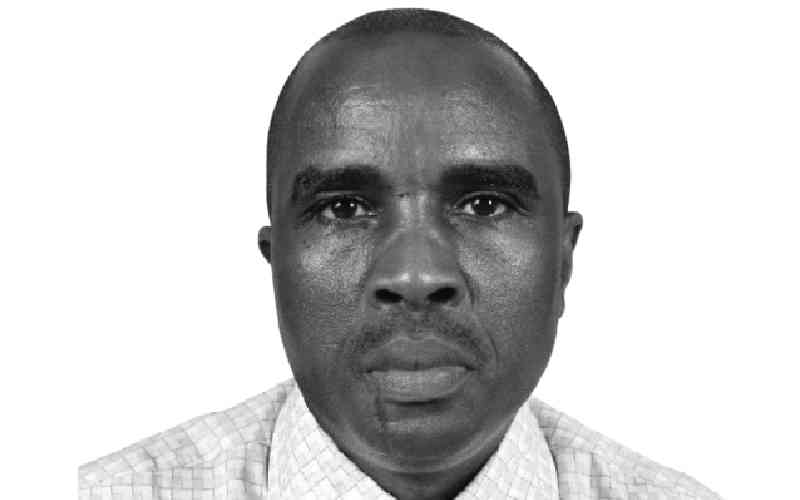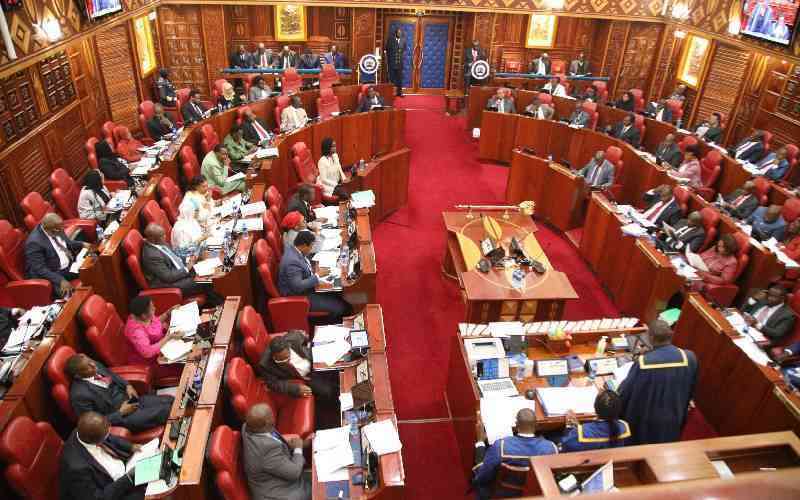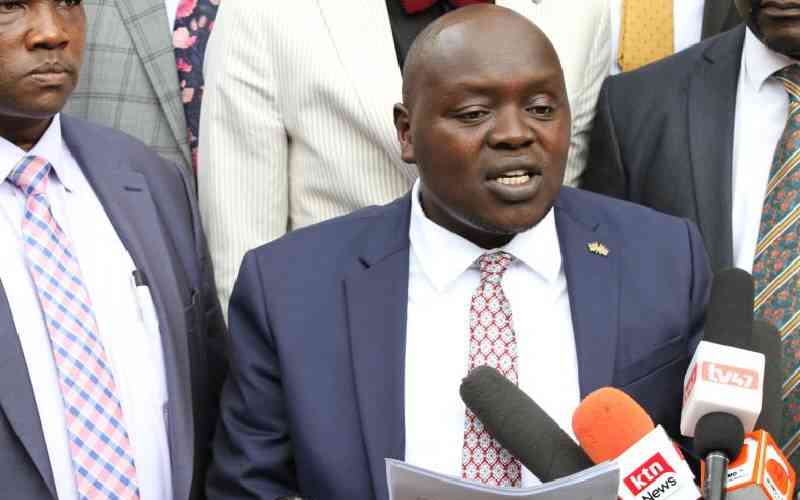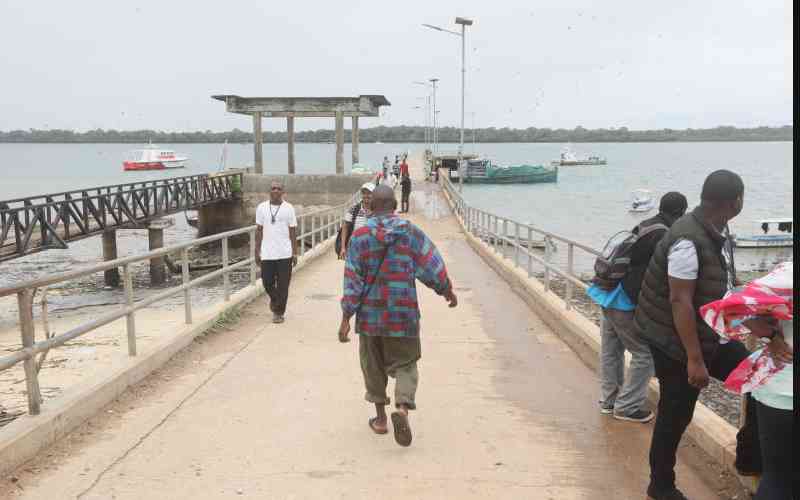Protests by the National Gender and Equality Commission over the under-representation of persons with disabilities in recent appointments to State corporations raise concerns about the country’s commitment to the national values and principles embodied in the Constitution. These protests have been persistent; arising every time appointments are made.
Through the 2010 Constitution, Kenya committed to shape its society around certain values. These include equality, equity, inclusiveness, human dignity, social justice and non-discrimination, among others.
They are a creed intended to rescue the country from the ethical and political crises of the post-independence period and hopefully mould a better society.
Kenya has some of the most progressive disability laws in the world. The legal regime demands equality, non-discrimination and inclusiveness for persons with disabilities in all aspects of national life; social, political and economic.
Recognising the disadvantage that persons with disabilities face, the law imposes an obligation on the State to take affirmative measures to ensure respect for their dignity and full participation in national life. For instance, the Constitution reserves seats in the Senate for persons with disabilities and requires similar representation in the National Assembly, County Assemblies, and public service at all levels of Government. Similarly, discrimination in private sector and private spaces is also outlawed.
These encouraging legal guarantees should not be mistaken for a rosy life for persons with disabilities. Their struggle for inclusion and emancipation is far from over.
They remain dismally under-represented in public and private sector employment, education institutions, business, industry and other aspects of life.
The cry is not for undeserved special treatment. Rather, it is a demand for equity, opportunity and inclusivity. Government is responsibility. In a civilised society such as ours, the buck always stops with the State.
Thus, the Government, from the highest office to all its operational organs, must do more to close the gap between law and policy on one hand, and reality on the other.
However, the government cannot achieve much alone. Families, faith groups, civil society and other players must play their part. As a matter of fact, the stigma and rejection that persons with disabilities face often happens within families and other social institutions.
To address these challenges, socio-cultural attitudes must change from boardrooms to homes.
To live quality life and realise full potential, human beings must be able to move around with ease. Movement and ability to interact and pursue goals is an essential part of what it means to be human. For persons with disabilities, this is not to be taken for granted.
The state of physical infrastructure and amenities such as transport is quite often a nightmare for many persons with disabilities. While the last few years have seen some improvement, many facilities are still quite unsupportive.
There is need for a radical shift to ensure that physical infrastructure such as buildings and other facilities cater for the needs of all, including persons with disabilities.
Addressing the needs of persons with disabilities is obviously costly. Shouldering this cost must not be seen as charity. It is the price to pay for the constitutional commitments that the country has made. National values and principles set out under the Constitution is no small matter.
Stay informed. Subscribe to our newsletter
The President, for instance, is required to address the nation once a year to give an account of the country’s progress in their realisation. Paying the cost of addressing the needs of persons with disabilities is one way to realise the constitutional aspirations for a society undergirded by the values of ‘human dignity, equity, social justice, inclusiveness, equality, human rights, non-discrimination and protection of the marginalised.
But empowering persons with disabilities also goes beyond obligation. From an economic perspective, it is a strategy for economic inclusivity and participation; with dividends for the economy and the society at large.
 The Standard Group Plc is a
multi-media organization with investments in media platforms spanning newspaper
print operations, television, radio broadcasting, digital and online services. The
Standard Group is recognized as a leading multi-media house in Kenya with a key
influence in matters of national and international interest.
The Standard Group Plc is a
multi-media organization with investments in media platforms spanning newspaper
print operations, television, radio broadcasting, digital and online services. The
Standard Group is recognized as a leading multi-media house in Kenya with a key
influence in matters of national and international interest.
 The Standard Group Plc is a
multi-media organization with investments in media platforms spanning newspaper
print operations, television, radio broadcasting, digital and online services. The
Standard Group is recognized as a leading multi-media house in Kenya with a key
influence in matters of national and international interest.
The Standard Group Plc is a
multi-media organization with investments in media platforms spanning newspaper
print operations, television, radio broadcasting, digital and online services. The
Standard Group is recognized as a leading multi-media house in Kenya with a key
influence in matters of national and international interest.









